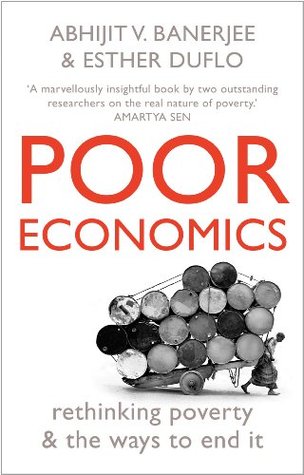As we saw, women age thirty to fifty-five in 1996 had on average 1.2 fewer children in treatment areas than those in control areas. But the program in Matlab was doing much more than just making contraceptives available. One of its key components was the biweekly visit by a female health worker to households where women were in purdah and therefore limited in their mobility, bringing the discussion of contraception to places where it used to be taboo. (This also made the program expensive—Lant Pritchett, then a World Bank economist, estimated that the Matlab program cost thirty-five times more
...more
Welcome back. Just a moment while we sign you in to your Goodreads account.


